Aloe, Aloe Vera, Burn Plant, Burn Aloe, Medicinal Aloe
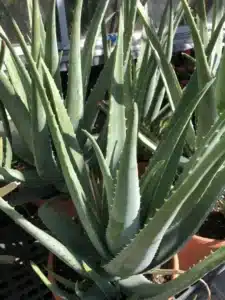
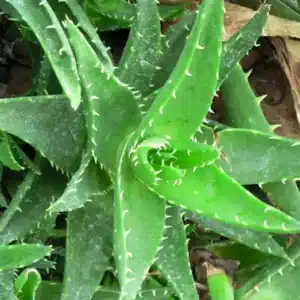
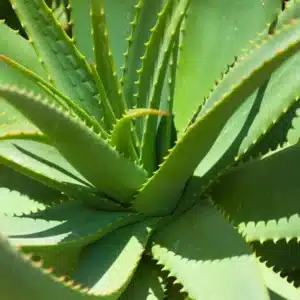
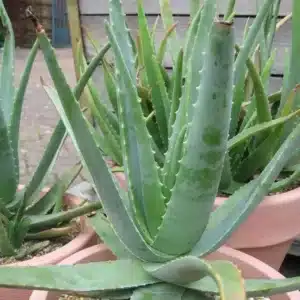
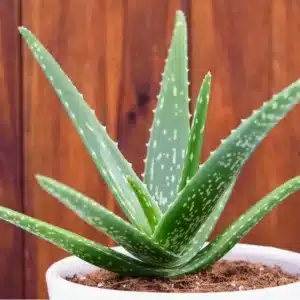
‘Aloe Vera’ is a herbaceous tropical perennial that thrives in dry heat. This native Mediterranean plant has medicinal properties that are best known as an additive to cosmetic products that moisturize the skin such as lotions, creams, gels. Requiring little to no maintenance, the plant grows well in USDA Zones 10-12 outdoors and can also be grown as an indoor plant. ‘Aloe’ is a small plant growing 1’ – 3’ in height and width. This stemless plant has succulent green leaves that are lance shaped and can grow to 18”. As the leaves mature, they can change to a gray-green color. One of the best-known medicinal properties of the ‘Aloe’ plant is its use for treatment of burns. The sap from the inside of the leaves can be applied directly to burns to provide relief and healing. However, it is recommended that the sap not be ingested. The ‘Aloe’ plant is best grown in full sun or full bright light but can tolerate partial shade. Since the leaves of this succulent plant hold water, ‘Aloe’ does not tolerate wet conditions and should be lightly watered.
‘Aloe’ is best propagated from offsets or “pups” both in pots and directly in soil. Growing from cuttings is not as effective due to the high-water content of leaves. Separate the pups from the host plant by first removing the soil around the pup to expose the root system. If there is an intact root system, then the pup can be separated using a clean sharp knife. When planting in pots it is best to use sandy soil and spread pebbles over the top of the soil to keep the right amount of moisture. Pups should not be watered during the first 1-2 weeks to allow the roots to take hold. After the root system is clearly developed, water the plant thoroughly. Transplants should be similarly potted in sandy soil. These can be lightly watered during the first week. Pups or transplants in the ground should be watered immediately.
‘Aloe’ grows best in full sun or direct light with minimal watering. Watering should be moderate and thorough during all but the winter months. During the winter watering should be kept to a minimum. The plant tolerates 50-to-60-degree temperatures in the summer. It is also an ideal indoor plant. If planted or taken outside the plant can survive temperatures down to 40 degrees. If it gets any colder than this the plant will immediately die due to the high volume of water in the leaves. Potted ‘Aloe’ plant should not be kept outdoors in the rain.
‘Aloe’ is a low maintenance plant and generally does not require fertilization. If fertilization is desired to stimulate growth a water based phosphorous application should be done in the spring.
If leaves turn pinkish brown to brown from blight, trim the leaves off at the tip or the entire leaf if the blight has spread.
Mealy bugs and scales.








